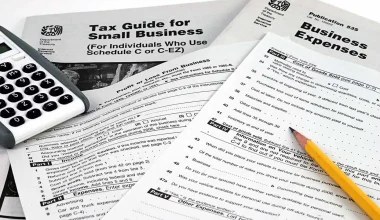
Hundreds of pages of recently released documents provided by the Department of Health and Human Services (HHS) affirm what the overwhelming majority of the public has known for decades:
Marijuana possesses therapeutic efficacy and its harms are not on par with those of heroin, or even alcohol.
Those were the explicit conclusions of the nation’s top federal health agency, along with the Food and Drug Administration and the National Institute on Drug Abuse, in a letter to the Drug Enforcement Administration (DEA) calling on the agency to remove “botanical cannabis” from its Schedule I prohibitive status in the federal Controlled Substances Act.
By definition, Schedule I substances are federally criminalized because they possess “no currently accepted medical use in the United States,” a “high potential for abuse” and “lack accepted safety under medical supervision.” Cannabis has remained classified as a Schedule I controlled substance since 1970.
HHS, which was tasked by the Biden administration in 2022 to review the federal designation of cannabis, based its conclusions, in part, upon the real-world experiences of over “30,000 health care practitioners authorized to recommend marijuana” under state law and the more than six million state-registered cannabis patients they serve.
The agency concluded: “No safety concerns were identified in our review that would indicate that the medical use of marijuana poses unacceptably high safety risks for the indications where there is some credible scientific evidence supporting its therapeutic use.”
Department officials added, “The risks to the public health posed by marijuana are low compared to other drugs of abuse,” such as benzodiazepines — a Schedule IV drug, or alcohol, which is unscheduled.
Of course, the public has long been aware of this reality. California first legalized medical marijuana nearly 30 years ago. Thirty-seven additional states have followed suit. Twenty-four states — encompassing 53 percent of the U.S. population — have legalized adult-use marijuana markets. Most of these statewide policy changes were enacted by voters at the ballot box. Seventy percent of Americans say that cannabis ought to be legal for those age 21 or older, and the majority agree that “alcohol is more harmful to a person’s health than marijuana.”
Nonetheless, the federal government and its bureaucratic agencies have steadfastly refused to budge on this issue for more than five decades. As recently as 2016, the DEA — which has the final say on cannabis’ federal drug designation — said that there exists no compelling reason to remove marijuana from its Schedule I prohibitive status.
Now, the ball is in the DEA’s court once again. But the question remains: Will the agency continue to cling to its long-held “flat Earth” position? Or will it finally take steps to move marijuana policy into the 21st century?
Time will tell, but regardless of the outcome, it is clear the American public has already decided.
This op-ed initially appeared in The Hill.
Additional information is available from the NORML Fact Sheet, “A Brief History of Cannabis Rescheduling Petitions in the United States” and in NORML’s op-ed, “Cannabis Must Be Removed from the Controlled Substances Act to Resolve State/Federal Conflicts.”
Related
Medical Disclaimer:
The information provided in these blog posts is intended for general informational and educational purposes only. It is not a substitute for professional medical advice, diagnosis, or treatment. Always seek the advice of your physician or other qualified healthcare provider with any questions you may have regarding a medical condition. The use of any information provided in these blog posts is solely at your own risk. The authors and the website do not recommend or endorse any specific products, treatments, or procedures mentioned. Reliance on any information in these blog posts is solely at your own discretion.





